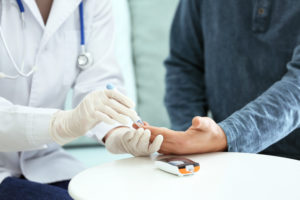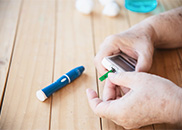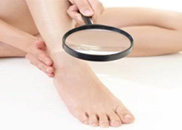Brushing
 People with diabetes are more likely to have problems in their mouths — like gum disease, fungus, and dry mouth. That’s why mouth care is so important. They should brush with a soft-bristled brush after every meal, and floss at least once a day.
People with diabetes are more likely to have problems in their mouths — like gum disease, fungus, and dry mouth. That’s why mouth care is so important. They should brush with a soft-bristled brush after every meal, and floss at least once a day.
Ingrown toenails can lead to infection and other problems. Caregivers or family members can help check toenails once a week for swelling or signs of infection. Toenails should be trimmed with a nail clipper straight across and then smoothed with an emery board. Don’t round off nail corners.
Bathing
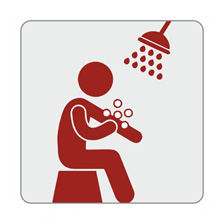 Mild soap and warm (not hot) baths or showers are best to prevent dry skin. Skip foot soaking, which can dry skin. Dry between toes. She should use a doctor-approved moisturizer — including on her feet, except between toes.
Mild soap and warm (not hot) baths or showers are best to prevent dry skin. Skip foot soaking, which can dry skin. Dry between toes. She should use a doctor-approved moisturizer — including on her feet, except between toes.
A small thing like a callus or cut on the foot can lead to serious problems for anyone with diabetes. And if she has nerve damage from diabetes, she may not even feel a cut or sore. After a bath, she should do a daily skin check, especially of her feet. Give her a hand-held mirror, or look in the places she can’t see. Look for red spots, blisters, and sores.
Gently smooth corns and calluses with a pumice stone or emery board, moving it in one direction only. Wash minor cuts with soap and water. Check each day to make sure they are healing.
Dressing
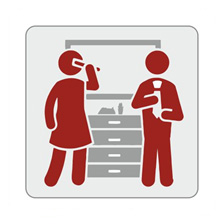 Most people with diabetes know to take care of their feet. As a rule, They should not wear sandals or go barefoot — even when just walking around the house.
Most people with diabetes know to take care of their feet. As a rule, They should not wear sandals or go barefoot — even when just walking around the house.
A better bet: soft leather, lace-up shoes with cushioned soles for good support. Shoes and slippers should have closed toes. She should always wear socks that aren’t too tight, so they don’t hurt circulation.
If shoes are new, she should wear them for 1 or 2 hours, and then check for cuts or blisters. Add a couple of hours and check for problems each day until they feel comfortable. If she gets a blister, don’t pop it. Wash it with soap and water; then put on antibiotic cream. If it doesn’t heal in a few days, call her doctor.




